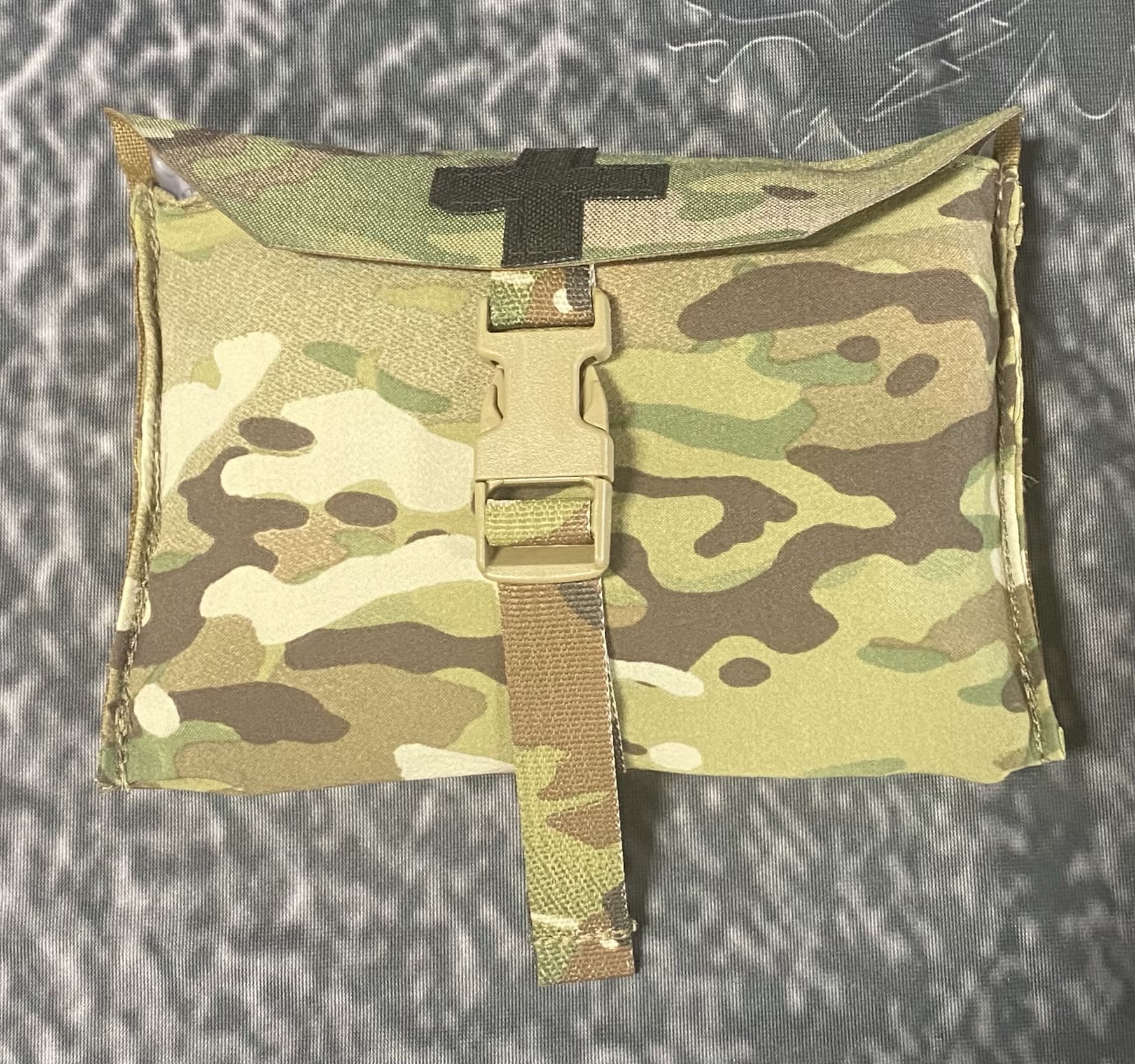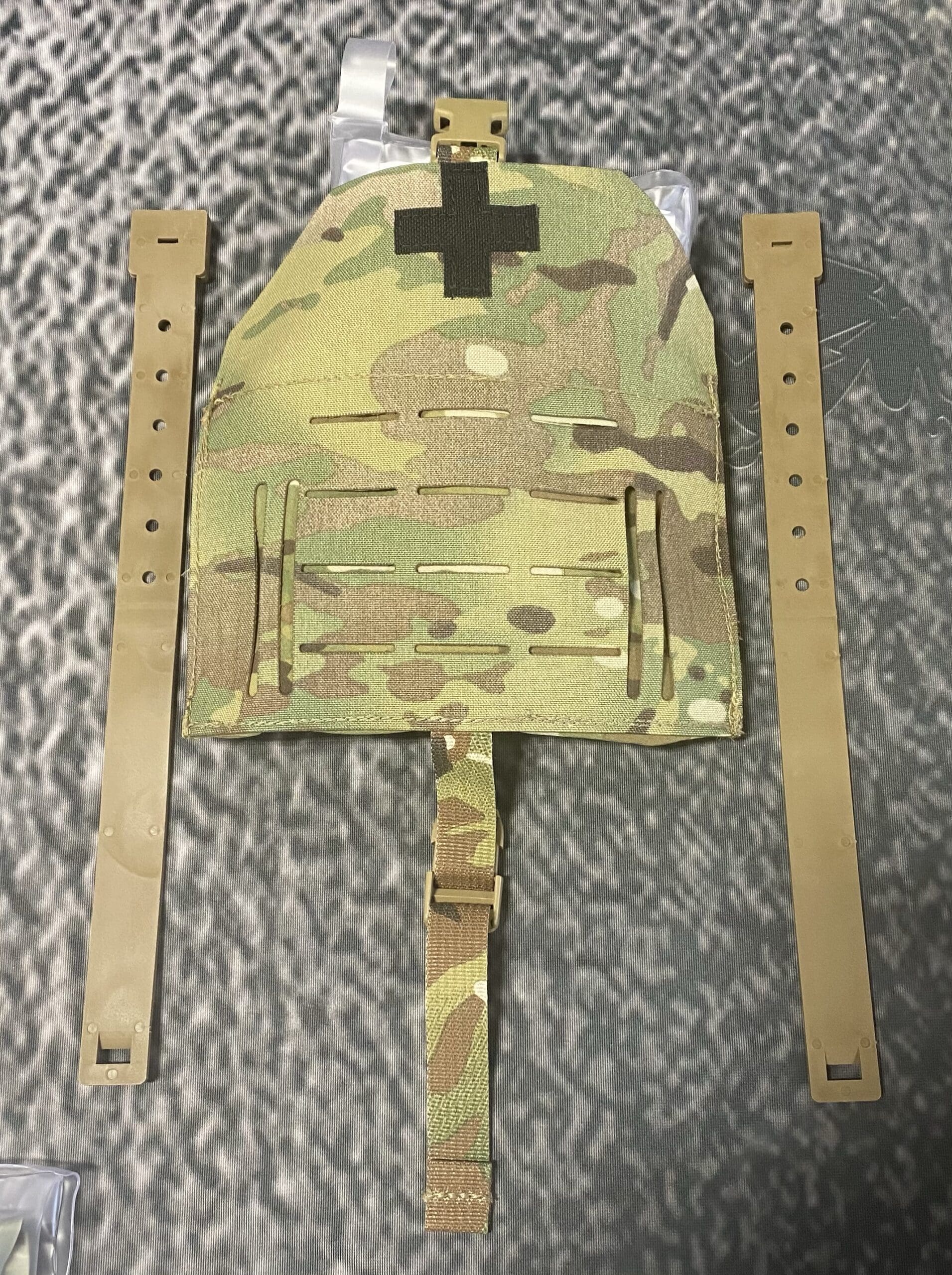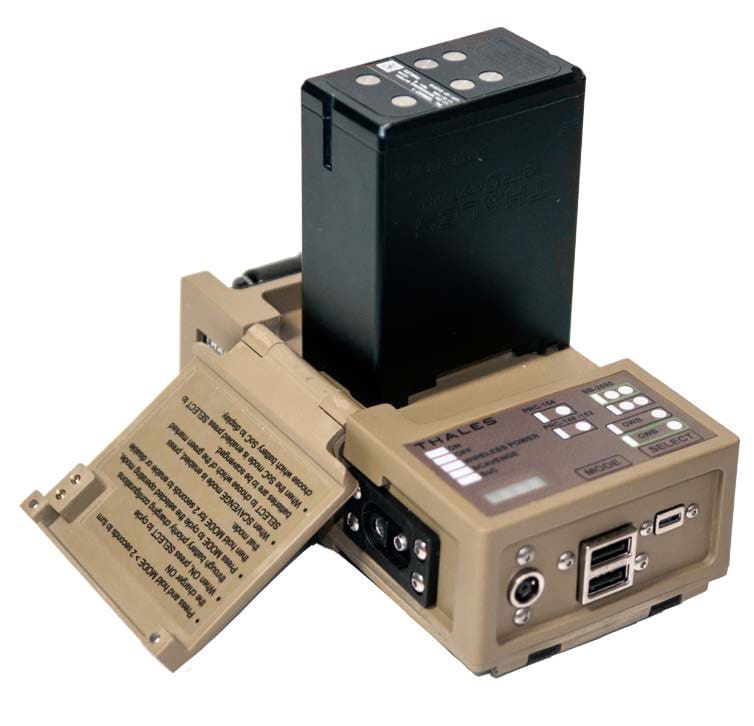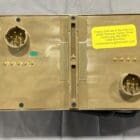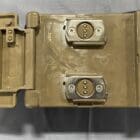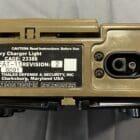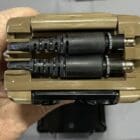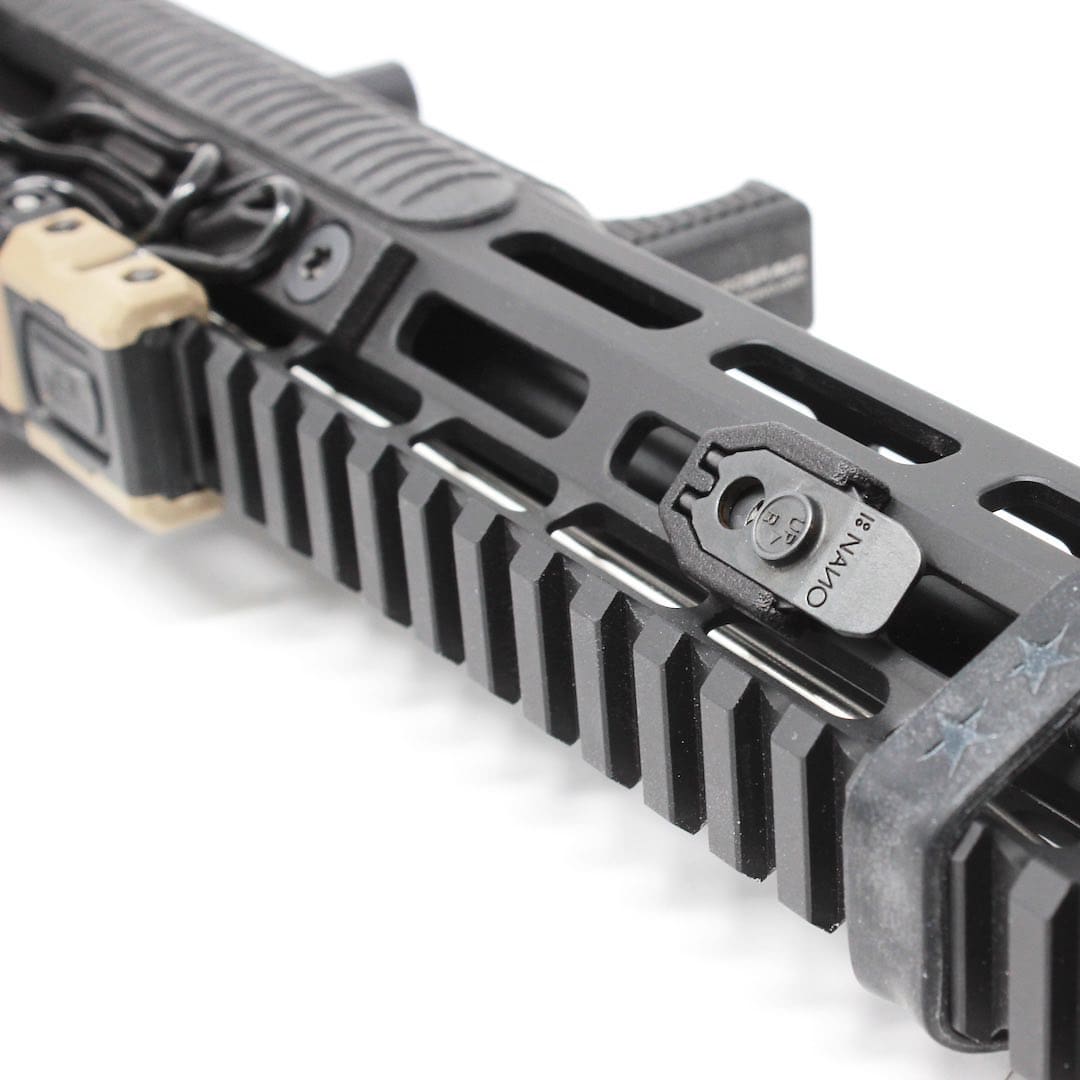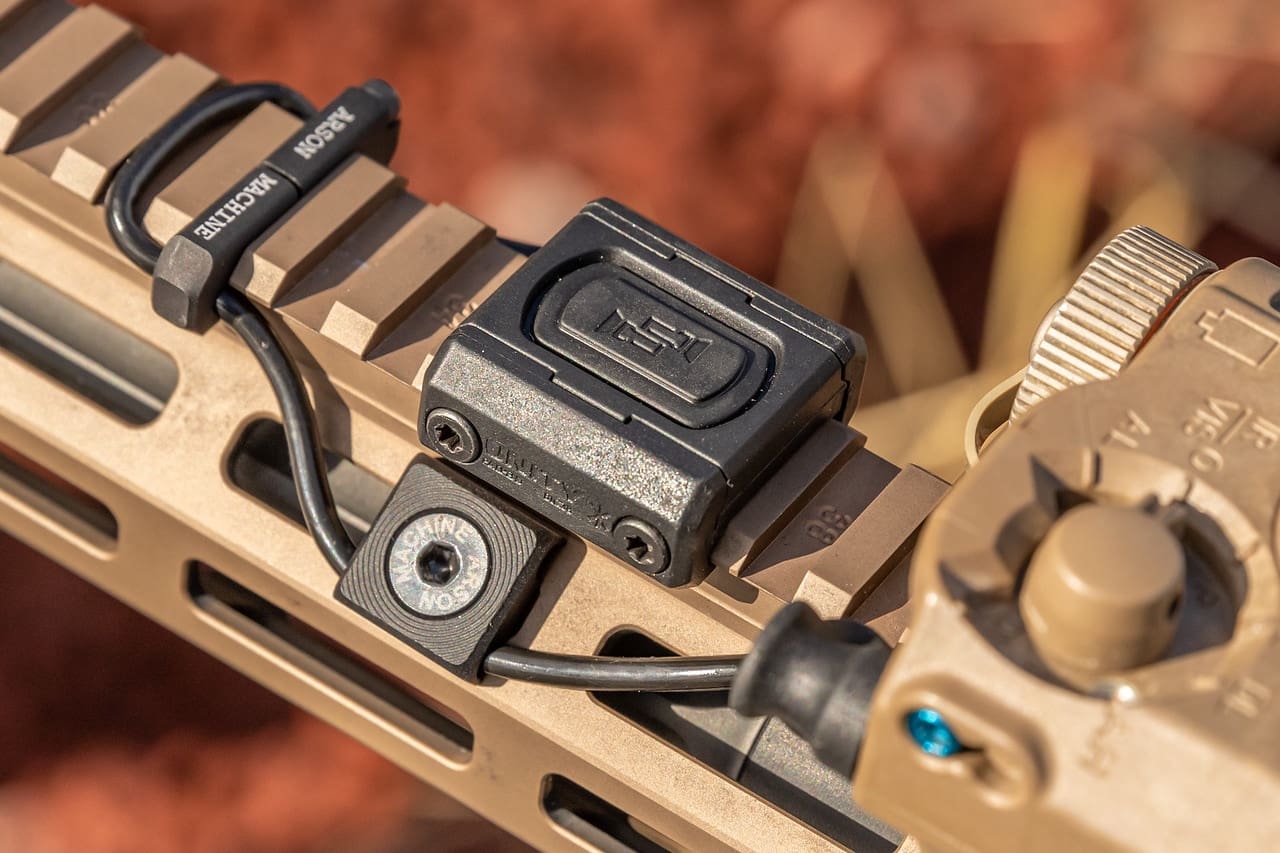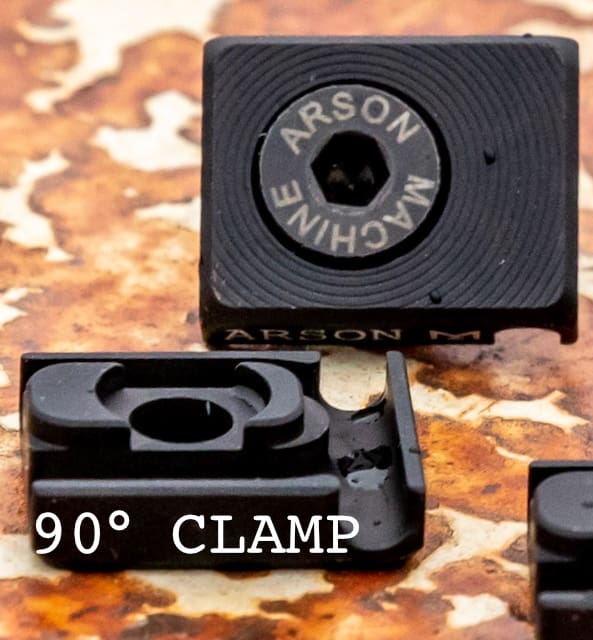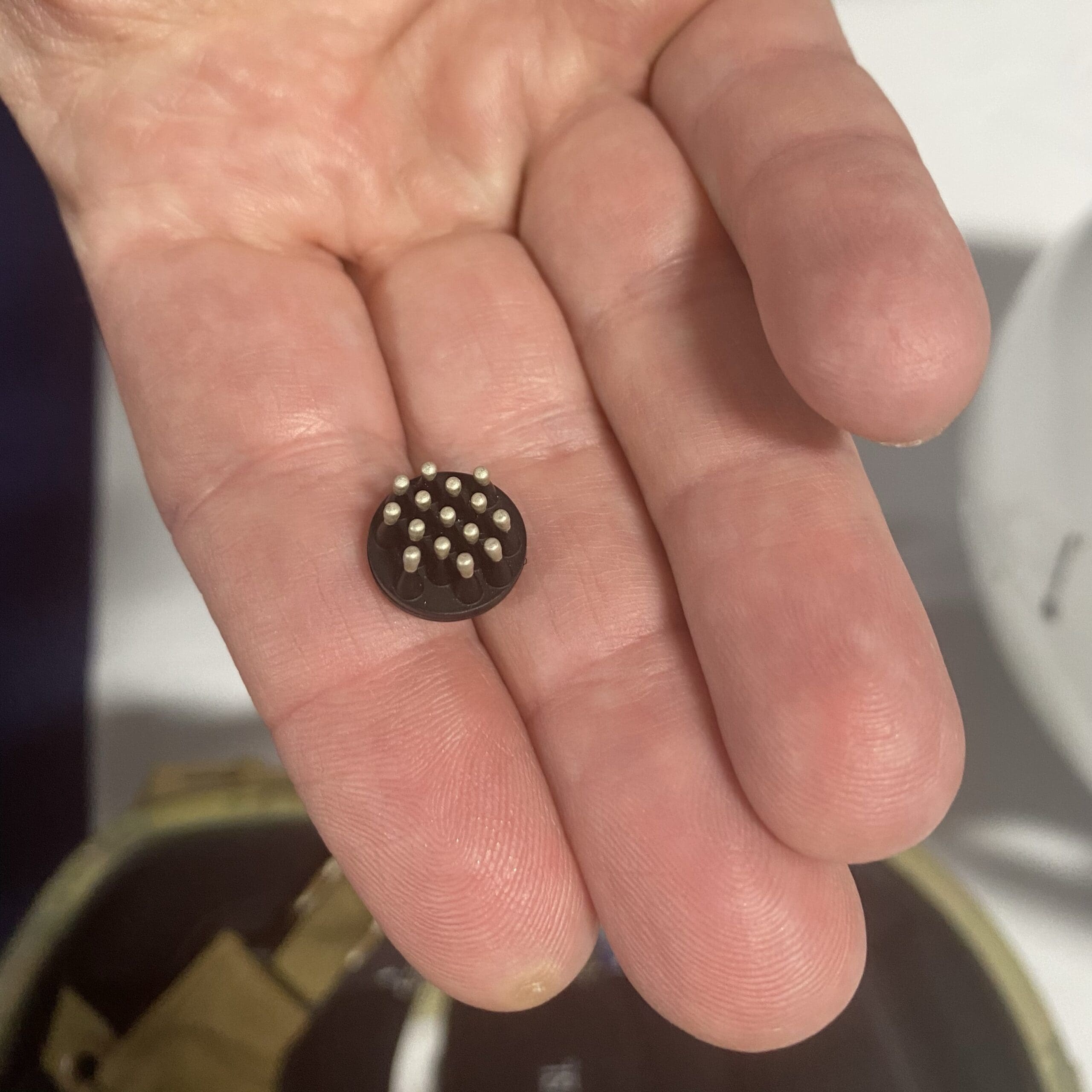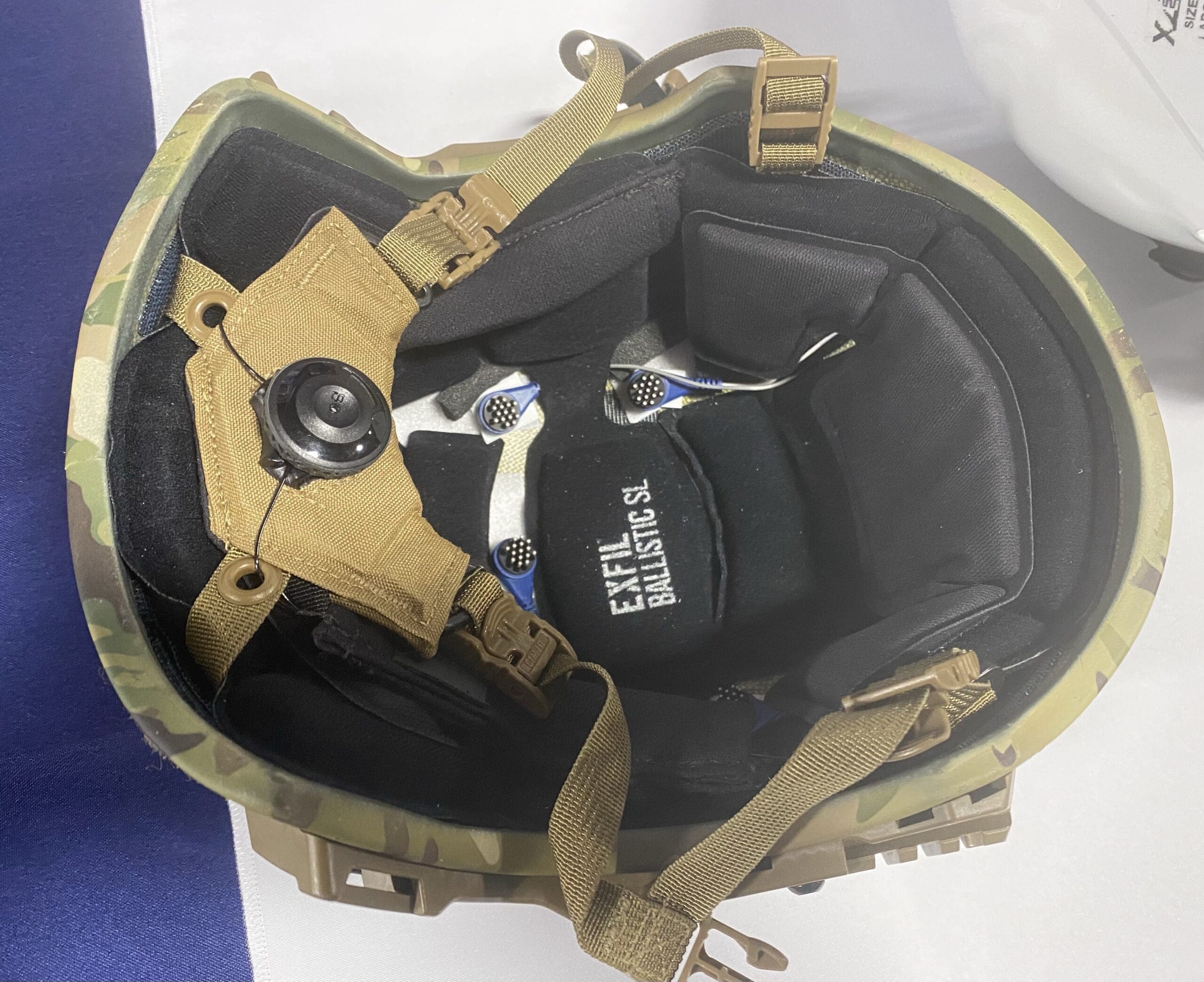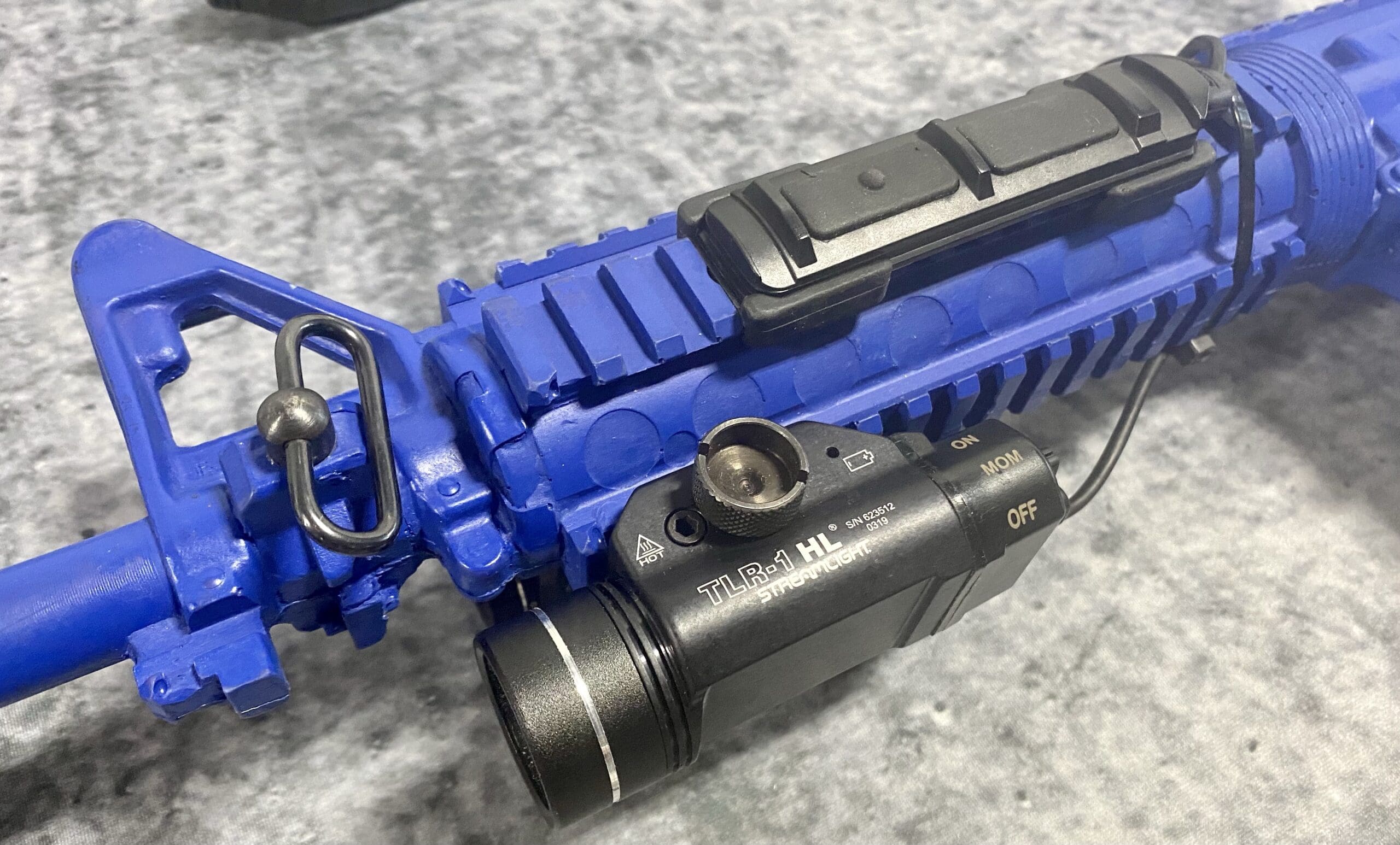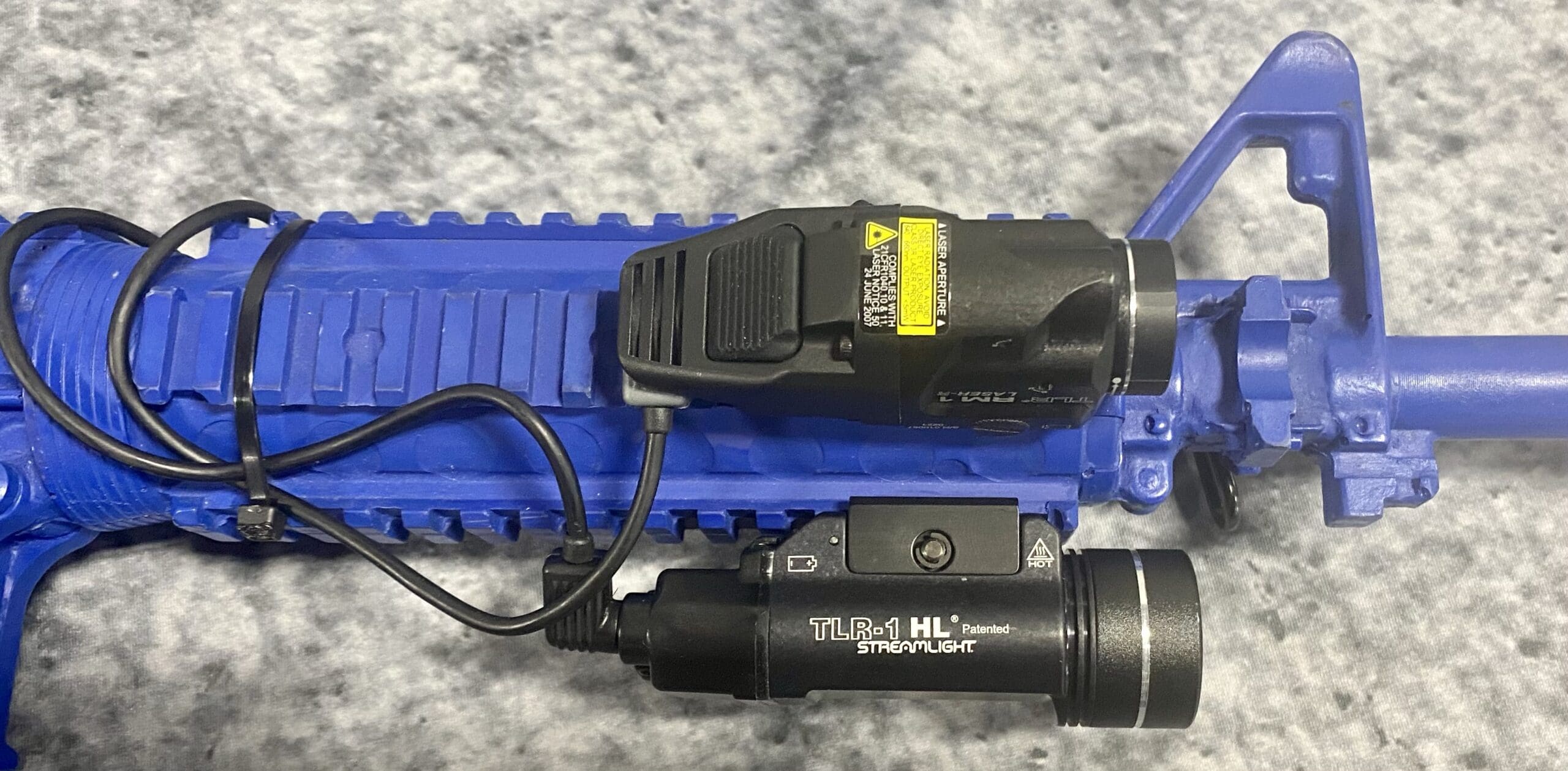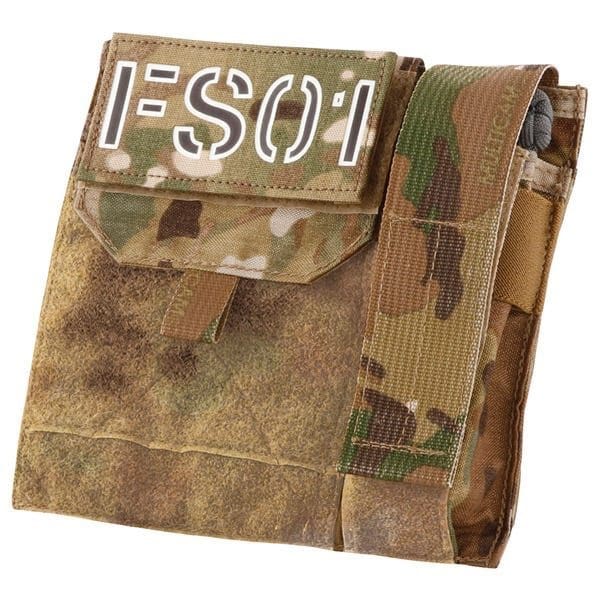
FS’s passion lies in our unapologetic commitment to elite professionals and the continuous development of disruptive innovation and technologies designed to pass the ultimate test. Enter our admin pocket series. Details matter. Gear selection matters. Get yours squared away on your load carriage systems with our admin pockets.
Grid Reference Pocket Guide Organizer
The FS Grid Reference Guide (GRG) Organizer Pocket is a handy tool for utilizing status cards, target photos, or other key data needed in hard copy. Military-Spec elastic webbing keepers can hold pens, wax pencils, and more. A small stretch pocket will hold items roughly the size of a battle dressing. Items are secured by an integrated hook & loop flap with a loop exterior field for attachment of patches. The clear area inside the GRG Organizer can be marked on with alcohol pens, wax pencil, and more. Available in black, coyote, multicam and ranger in 6/9 or 6/12 attachment.
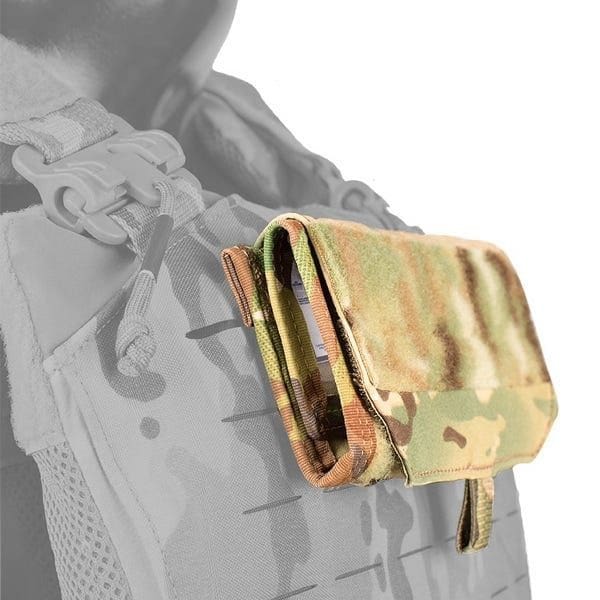
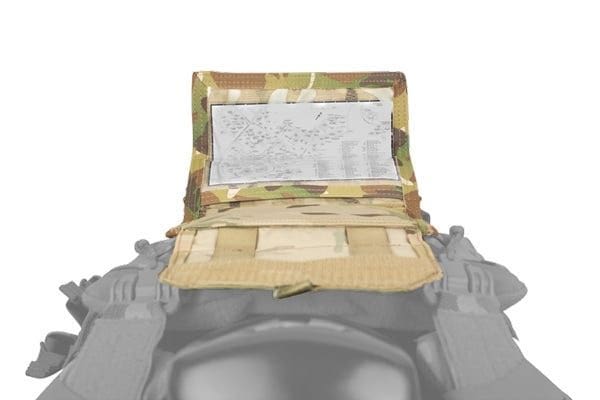
Mini Admin Pocket
The popular FirstSpear Admin pocket has been adjusted to fit and work with the newer Amphibian and Maritime armor carriers. This pocket works great on previously designed armor carriers as well. It comes in 6/9 and 6/12 attachment options. There is also loop field on the front for cell tags, patches, or anything else you may want to attach. Available in black, coyote, multicam and ranger.
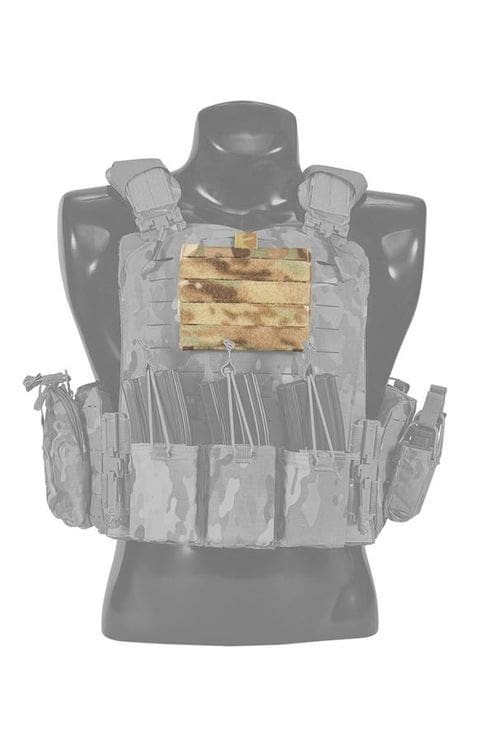
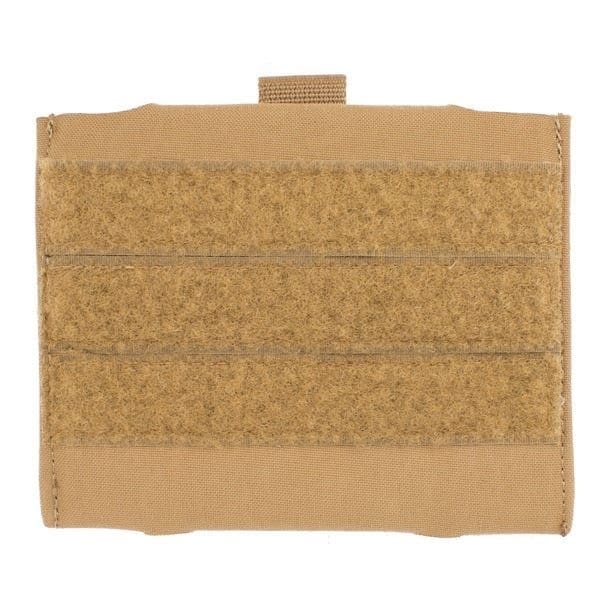
Ragnar Mini Admin
This flat pocket is hook backed for fast attachment or removal from various loop based FirstSpear platforms. Based on the original FS Admin Pocket, the Ragnar Mini Admin will fit just about anywhere and provide simple storage for a variety of smaller sized items. It has a hook and loop closure system and 6/12 material on the front. Available in black, manatee, multicam, ranger and coyote.
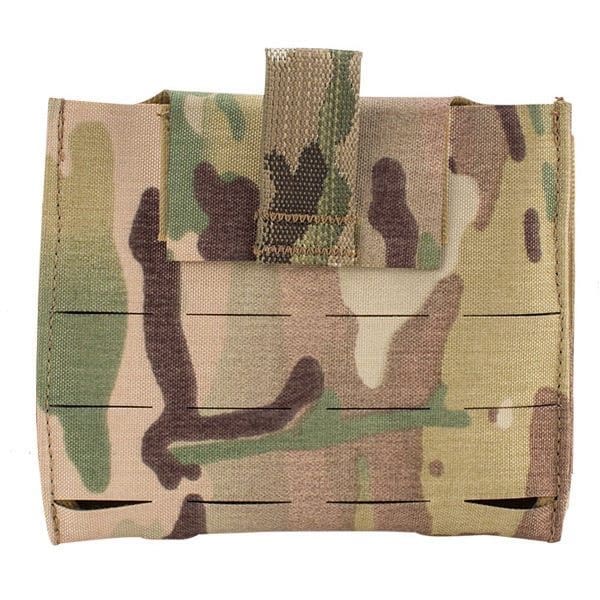
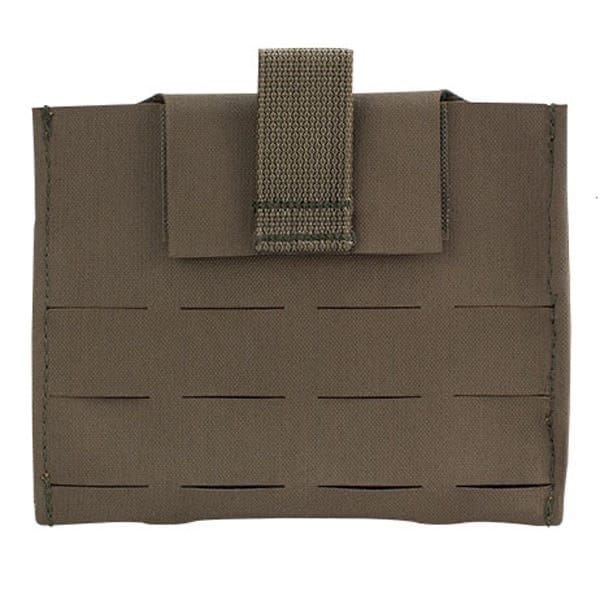
For more information check out, www.first-spear.com/pockets.
